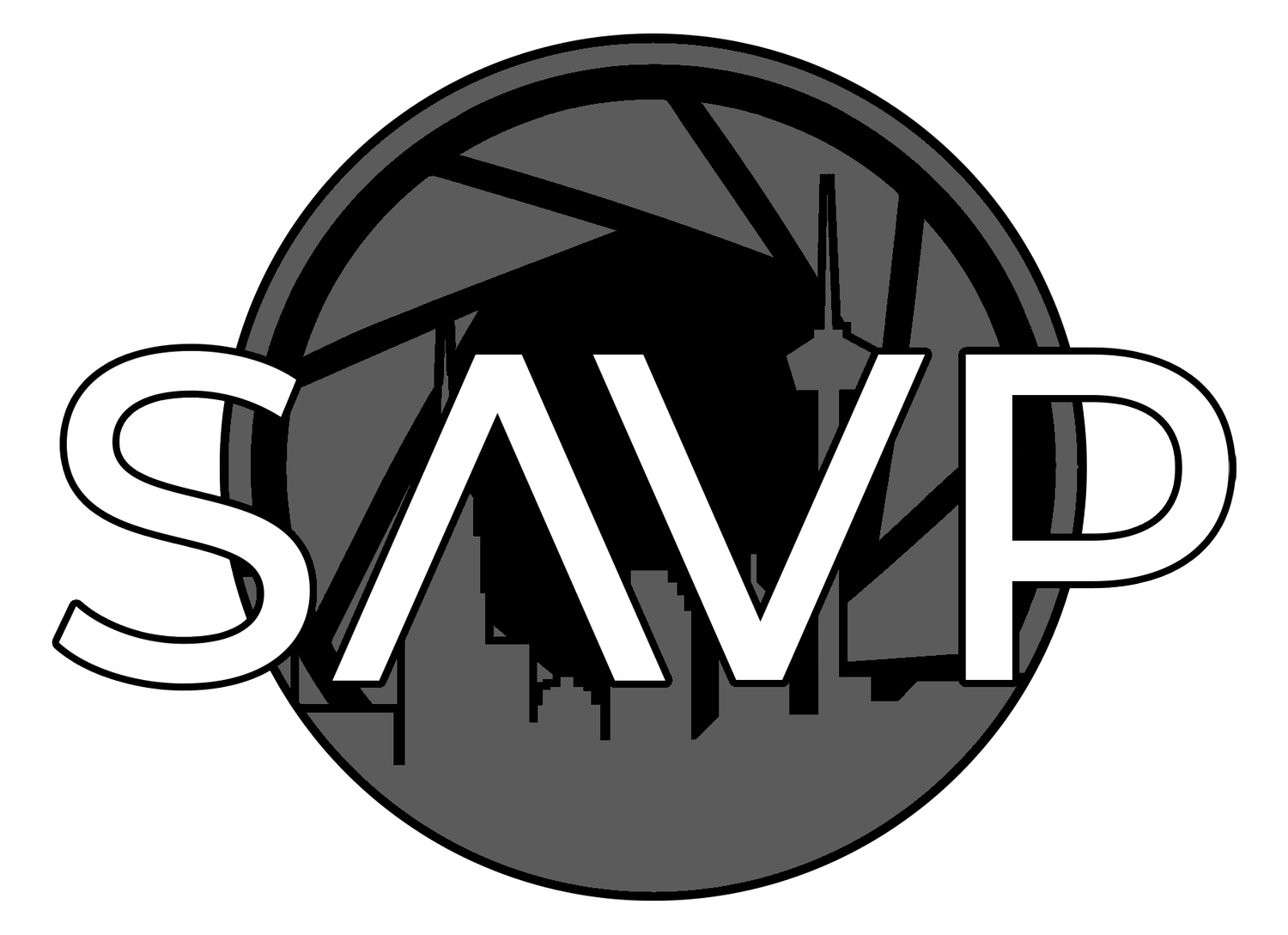Planning for Interviews in Corporate Video Production
The Importance of Interviews in Video Production
Interviews are crucial in video production as they provide authentic insights and narratives that can captivate viewers. Whether you’re telling your brand story, documenting experiences, or gathering expert opinions, interviews offer a unique lens through which to present information. However, many creators underestimate the importance of a solid interview setup, which can make or break the quality of the final product.
Understanding how to prepare effectively for your interviews can lead to smoother production days and ultimately more compelling content. This blog will provide essential tips on optimizing your interview process, from equipment setup to timing considerations.
Differentiating Between Interview and B-Roll Setups
Your equipment setup for interviews differs markedly from what you’ll use for B-roll. Each serves a specific purpose, and understanding these differences can enhance your production quality. For interviews, consider the following:
Camera Setup: Position the camera at eye level for natural engagement. Ensure good lighting that highlights the subject's face without harsh shadows. Using softer lighting can create a warm and inviting atmosphere.
Audio Quality: Invest in quality microphones. Lavaliere mics or shotgun mics can provide clear audio, essential for interviews. Audio quality can significantly impact viewer engagement, so prioritize this aspect.
Background: Choose a background that is relevant yet non-distracting. A clean space or a themed backdrop can enhance the narrative you're conveying.
If possible, it is best to tackle all interviews consecutively. This not only maximizes your time but allows you to maintain consistency in your setup.
Strategic Equipment Placement for Smooth Transitions
If conducting all interviews back-to-back isn’t feasible, strategize your equipment placement. Setting up your gear away from B-roll locations can ensure smooth transitions between different types of shots. Consider the following tips:
Transition Planning: Allow sufficient space and time for transitions. If you need to move between locations, ensuring your equipment is easily accessible can save precious time.
Stay Organized: Keep your gear organized and ready to go. Utilize storage solutions that allow you to pack and unpack your equipment efficiently, which can be a time-saver during fast-paced shoots.
Timing: Allowing Enough Space for Conversation Flow
For interviews, I recommend allowing each interviewee between 30 to 60 minutes. This timeframe helps them feel comfortable and facilitates a natural flow of conversation. The more at ease your interviewee feels, the better the insights they provide. Here’s how to enhance this aspect:
Pre-Interview Communication: Spend a few minutes discussing what to expect. Reassuring your interviewee can help alleviate any nervousness.
Crafting the Right Questions: Develop thoughtful questions that encourage expansive answers. This also gives the interviewee time to reflect on their experiences.
Recording the Unscripted Moments: Sometimes the best insights come from unplanned statements. Encourage a relaxed atmosphere, where the interviewee feels free to express themselves authentically.
Additional Tips for Effective Interviews
To further bolster your interviews, consider the tips outlined in our video content:
Preparing Your Subject: Know your interviewee and their background. A little research can help you ask questions that tap into their expertise and experiences.
Practical Setup Advice: Understand the technical requirements—lighting, camera angles, and sound equipment. A ready checklist can aid in executing seamless productions.
Crafting Perfect Interview Questions: Develop a list of questions that steer the conversation while allowing room for spontaneity. Open-ended questions often yield more insightful responses.
Managing Multiple Locations
When clients request interviews in multiple locations, it's imperative to allow a dedicated 30-minute window to relocate your gear. This practice not only ensures a seamless transition but also keeps the production feeling professional. Rushing between interviews can lead to forgetfulness or mistakes, which should always be avoided.
Additionally, if relocating is part of your plan, consider using lighter equipment. This can significantly ease your burden, especially if you need to travel great distances.
Elevating Your Interview Process
In conclusion, interviews can profoundly impact the quality of your video production. By prioritizing thoughtful preparation and organization, you can enhance the overall experience for both yourself and your interviewee.
Remember, successful interviews rely on a solid setup, effective communication, and proper timing. Leverage these strategies to elevate your interview process and create compelling content that truly resonates with your audience.
Embrace the art of interviewing and watch as your video projects reach new heights. Mastering techniques around this pivotal component can bring your content to life and ensure your message is delivered with clarity and impact.




